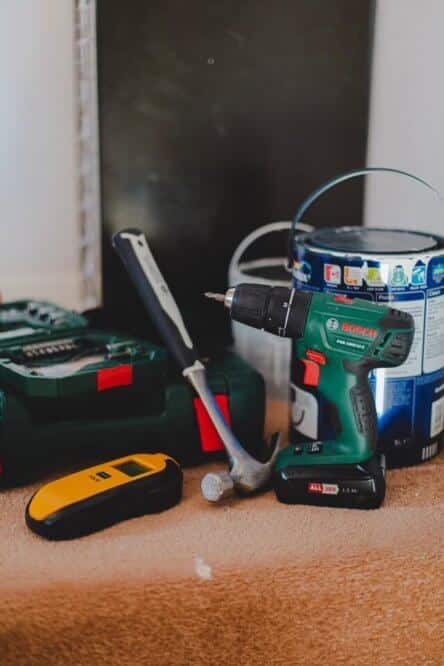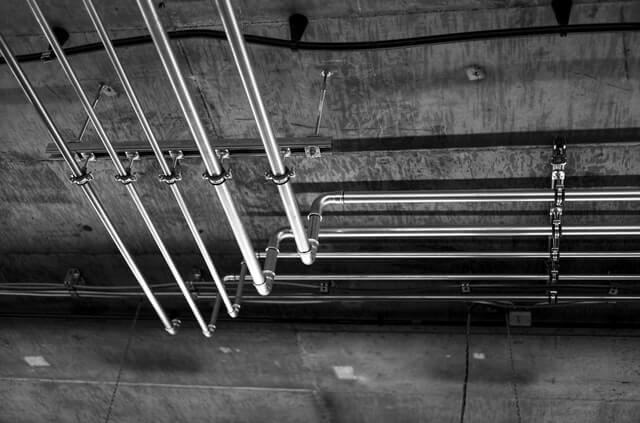You’re sitting quietly in your dining room eating lunch when you notice a huge yellow stain on your ceiling. Since it’s an unpleasant view, you come closer to inspect it better. Soon you notice – a yellow stain on ceiling but not wet?
A stain ugly as this one certainly is killing the mood, but that’s not all. Leaving it as it is might be as hazardous to your house as to your health.
Even though it’s not wet, there is still a cause at hand that needs to be found. This is the first and crucial step in order for you to fix this problem altogether.
Follow this guide to find the cause of the problem, fix it, and get rid of it.
Yellow Stain On Ceiling But Not Wet: Main Causes
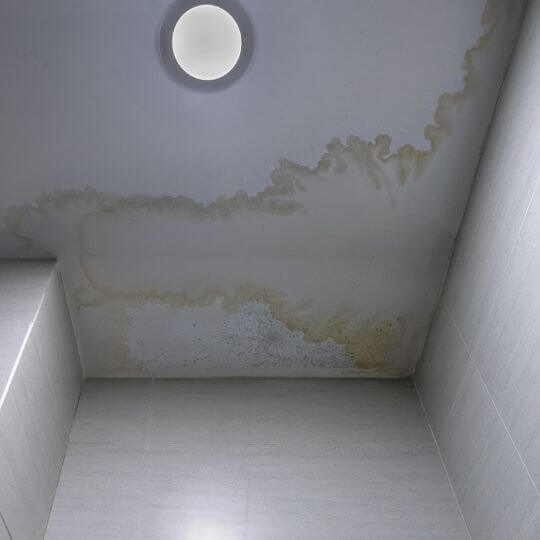
When you discover a yellow stain on a ceiling, it might be tempting to search for ways to cover it immediately.
However, it’s really important to find the causes of the stain first. That way, after fixing the issue, you can cover the stain without worrying it will come back again.
Generally speaking, there are 3 main causes of a yellow stain on a ceiling. These are roof leaks, mold, and smoke.
Even though it’s a yellow stain on the ceiling but not wet, it might be a case of older water damage.
Moreso, locating the source of the leak isn’t always as easy as it may seem. There are also many different problems that can cause a leaky roof.
To keep things simple, we will analyze the 3 main causes of this problem first. Then, we’ll look into some of the less common ones.
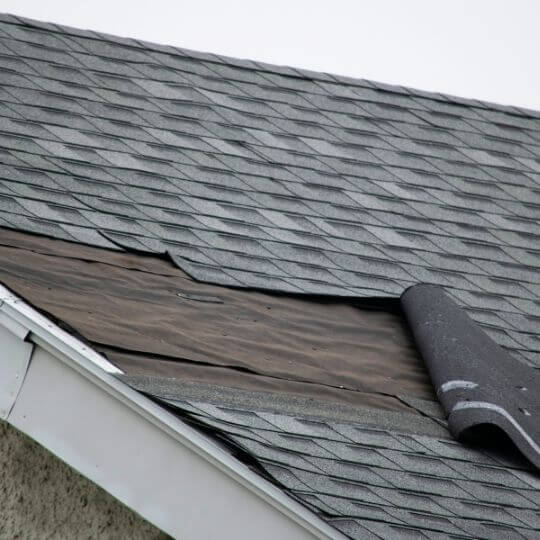
-
Roof Leak
Water damage seems to be the most common cause of the yellow stain on the ceiling. And yes – it’s the same for the stains that are not wet.
These stains are easy to identify – they appear in yellow or brown color in a halo shape with irregular edges.
Some obvious causes might be – missing and/or damaged roof tiles, weakened seals around roof vents, and damaged waterproofing material.
Water seems to seep through these damages and find the porous material easily. It then weakens and darkens the ceiling, mostly because of the additives in the ceiling paint.
The additives found in paint are called surfactants. Essentially, they stabilize the paint and help it adhere to the surface.
However, surfactants are also brownish in color, so this is what you see on your ceiling when water reaches it.
Locating the source of the leak might be more complicated, as the damage is not always right above the stain.
However, as this problem tends to get just worse over time, it’s important to react right away. To avoid hurtle, we recommend that you follow a step-by-step repair process for the leaky roof.
-
Mold
Mold is also closely connected to water damage problems on the roof. Oftentimes, it can also be a result of a high humidity environment or a poor ventilation system.
Think about it like this – mold grows and spreads in damp and warm environments. Since leaky roofs create that environment, it might be a two-faced problem you’re facing.
Before you panic, there are ways to test the mold in your home to not confuse it with dirt.
Overall, mold can be quite confusing to detect, as it can appear yellow, brown, black, or even green. The unusual shape with a difference of contrast within the stain is usually what gives it away.
Having mold in your home can cause a range of health issues. Therefore, this problem should be solved immediately.
-
Smoke
Smoking not only darkens your teeth and lungs, but it also darkens some other porous surfaces such as your ceiling.
The easiest way to identify this kind of yellow stain?
It looks like a wide layer of brown or yellow dust spread across your ceiling.
This stain usually doesn’t have identifiable edges. However, it can be more concentrated in areas of the usual smoking sources.
Nicotine stains not only look really bad, they usually give away the awful stale smell. Luckily, this kind of stain is the easiest to deal with, as painting over it will do the job.
Yellow Stain On Ceiling But Not Wet: Less Common Causes
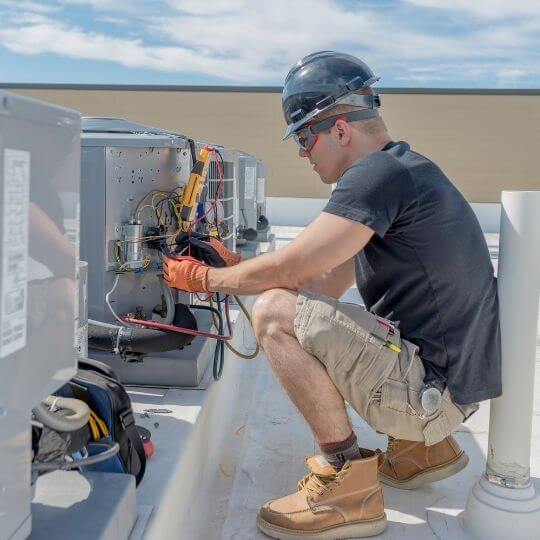
Notice that most of the causes are connected to water damage, except smoking that can also cause the stain.
The same goes for less common causes – maybe your roof isn’t leaking, but some other system in your home is damaged.
These other causes include:
- Leaking Pipes
Leaky pipes don’t have to be connected to the damaged roof, but they do cause water damage in a different way. Damaged pipes in walls and ceilings can slowly drip water and cause a yellow stain.
- Damaged Waterproofing Material
Typically, a commercial roof has a waterproofing layer for insulation and water leakage prevention. This layer can get damaged, especially with an older roof system, and create leaks on your ceiling over time.
- Damaged HVAC units
Damaged HVAC units can also create a leak in your ceiling. This could be a problem of the unit itself causing the problem, usually due to improper installation or aging
Hot to Get Rid of Yellow Water Stain on Ceiling?
Before you cover the yellow stain on the ceiling, you should prioritize fixing the leak first. This will ensure you get rid of the problem overall – which will prevent the stain from reappearing in the future.
If you decide to fix this problem by yourself, it’s best to follow an action plan.
This includes you shutting down the water in your home, locating the problem, and repairing it.
Different causes require different repair action plans.
Replacing rooftop units won’t be the same process as fixing the water seepage in the basement. The other process applies to finding the source of moisture to get rid of the mold.
Here’s a quick tip:
If a leak gets worse even in dry weather, you’ve got a plumbing problem.
If however, a leak gets worse only in rainy conditions, you’ve got a leaky roof problem.
When a problem is identified, the next step will be replacing the old/damaged parts that caused the leak. If needed, you can always consult a professional.
How to Cover Yellow Water Stains on Ceiling?
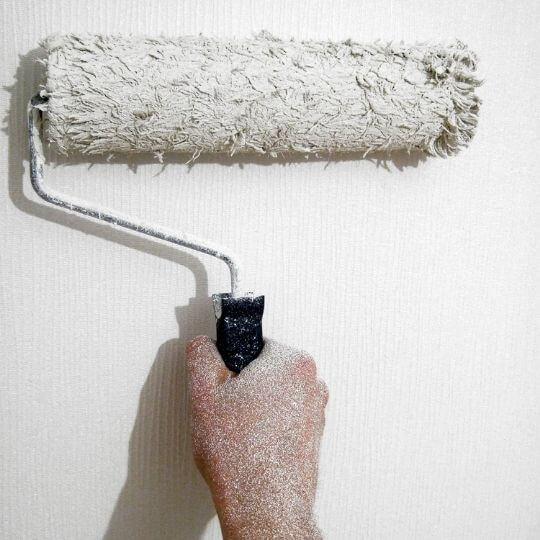
After replacing the faulty part of the system that caused the leak, you can now cover the yellow stain.
The good news is – you can mostly cover them with or without painting.
Whatever you decide to do, it’s best to clean the area with some bleach first.
Make sure you use gloves for this and you keep the room well ventilated!
Mix 1 part bleach with 3 parts of water and gently rub the stain with a sponge. After that, gently tap over the area with a towel to dry it out.
Use oxygen bleach instead of chlorine bleach, if you have a colored ceiling.
That can be enough to remove the stain. If however, you decide to paint over it, make sure to apply a stain sealant and let it dry overnight.
Finally, paint over the area.
The Bottom Line
Fixing the source of the leak before painting over the stain is of utmost importance.
As there are many possible causes, finding what caused the yellow stain on your ceiling can be confusing at times.
However, finding the source of the leak is the easiest when you know where to look. In most cases, even a dry yellow stain on your ceiling is the result of some sort of water damage.
Use this article to identify the cause and take actionable steps towards fixing it once and for all.

Michael Davis is a heating & plumbing expert who currently works as independent contractor in SC. He also writes for Plumbertip.
For almost 10 years he worked on various plumbing tasks across South Carolina.
